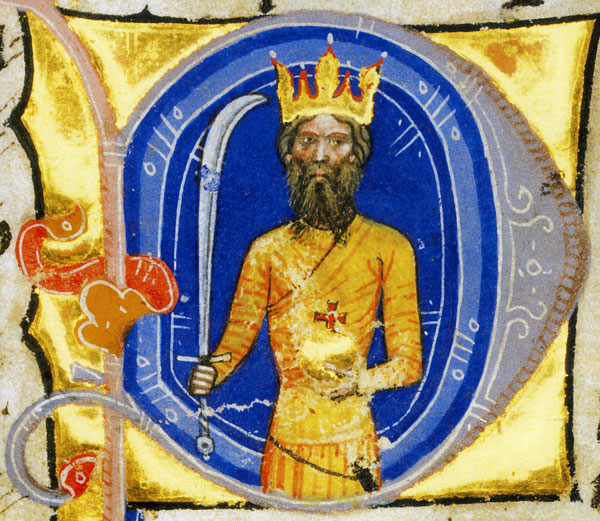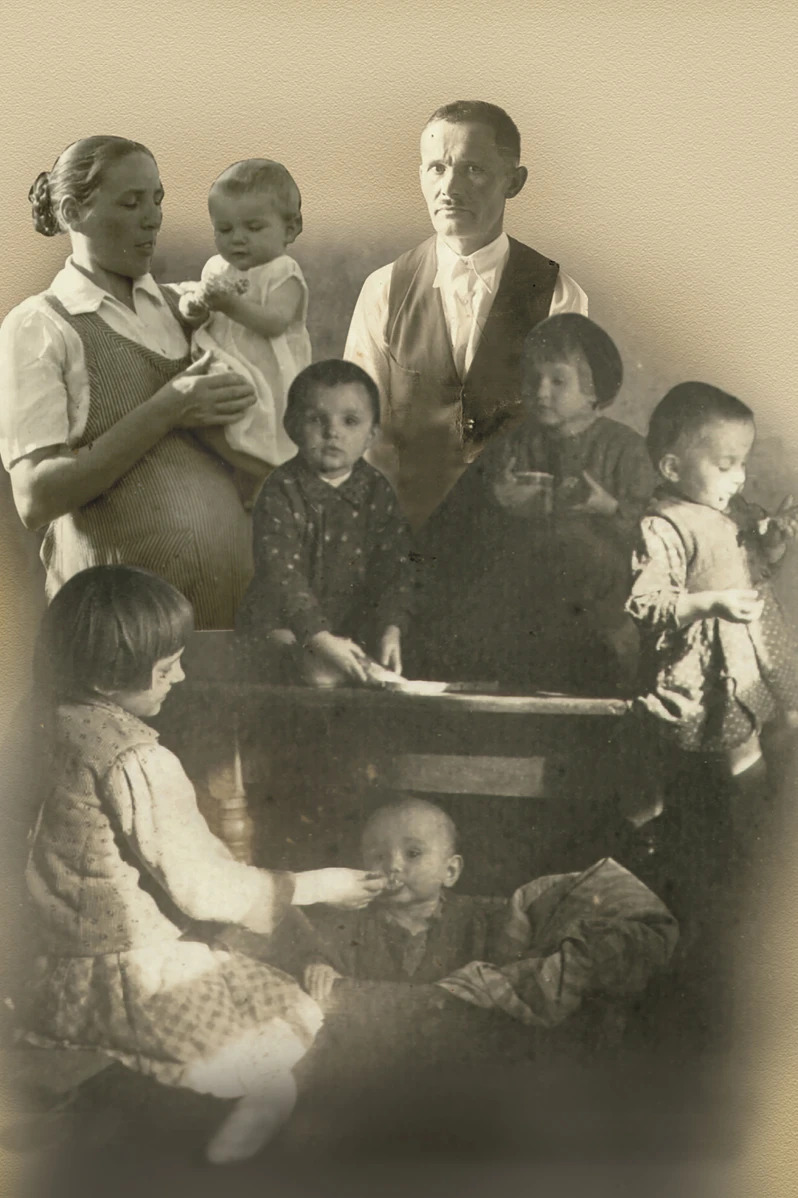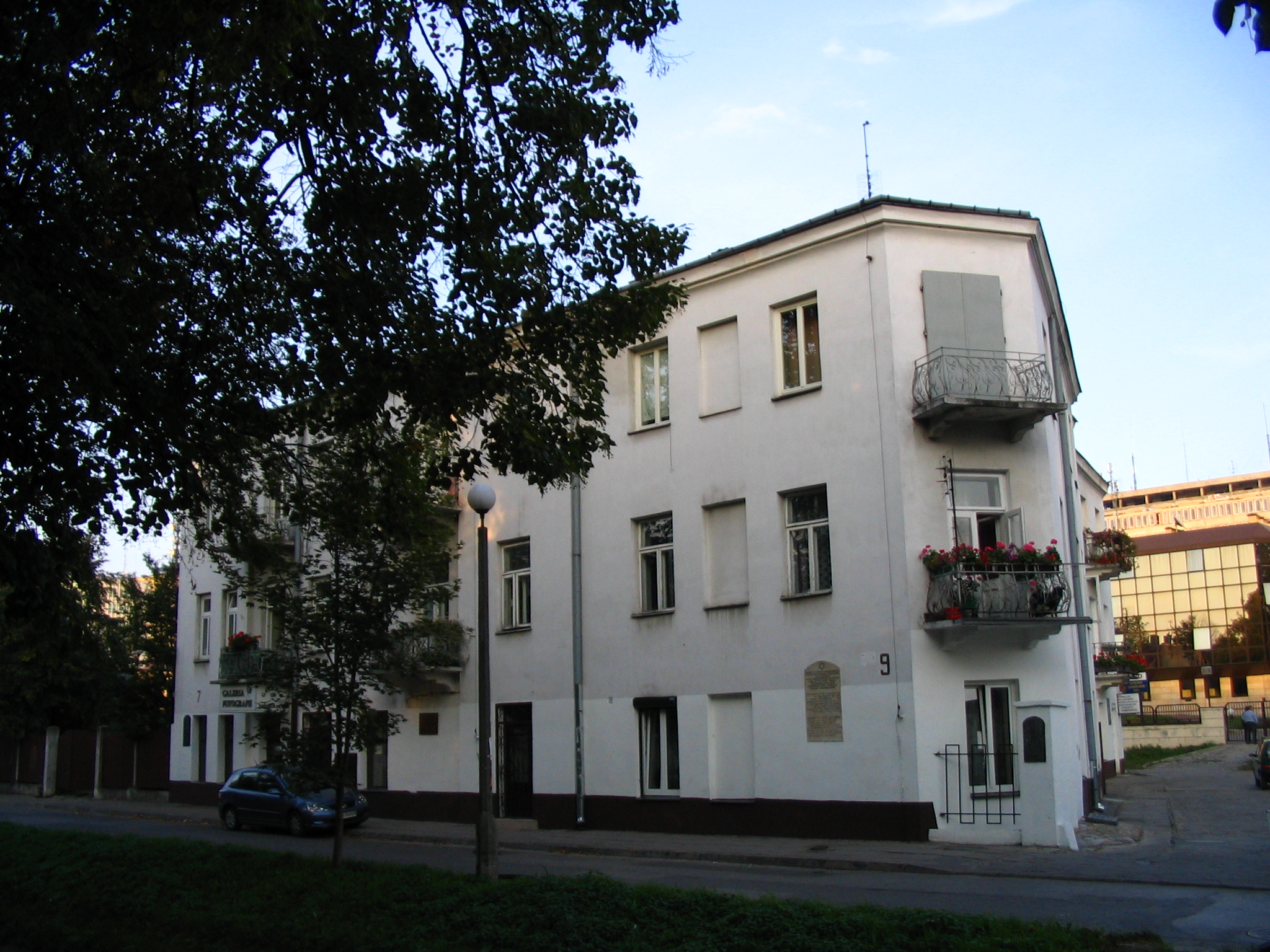Mythical centre of Attila – Óbuda (Sicambria)
Fact of the Hungarian figure „Myth of the Hungarian land-taking – Ópusztaszer”
Part of the „The story of the beginning” topic
Attila the Hun stands out as a legendary figure in world history, symbolizing the might of the Huns, who swiftly expanded across Europe before their empire declined. His seat in the Tisza region became famed for its prosperity, and medieval traditions began associating Óbuda—now part of Budapest—with the mythical city of Sicambria, believed to be Attila’s capital. In German sources, Óbuda became Etzelburg, emphasizing Attila’s legendary status and fostering its place in Hungarian national consciousness. By the 13th century, chroniclers such as Anonymus and Simon of Kéza portrayed Attila as an ancestor of the Árpáds, thereby deepening the link between the Huns and the Hungarians.
The tradition of Sicambria as a city founded by Trojan or Frankish migrants and later associated with Attila reflects the evolving medieval memory. Early texts, such as the Liber Historiae Francorum and Aethicus Ister’s Cosmographia, placed Sicambria ambiguously in either Pannonia or Germania. In Hungary, the city was tied to the Roman ruins of Óbuda, and 14th-century charters referred to Sicambria as the site of the Clarissan monastery. Even into the 16th and 17th centuries, maps and popular tradition identified ruins north of Buda with the ancient city. Despite lacking archaeological confirmation, Sicambria endured as a symbol blending Roman, Hun, and Hungarian identities.





